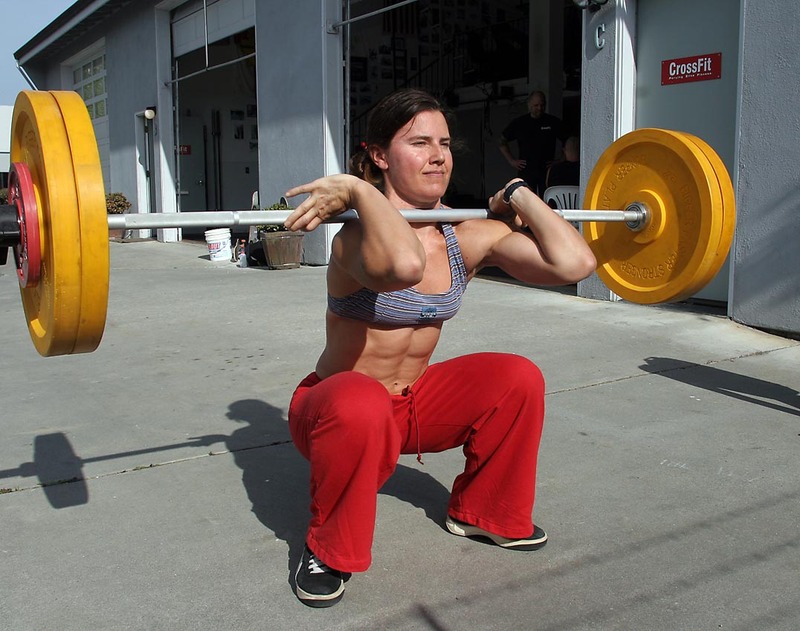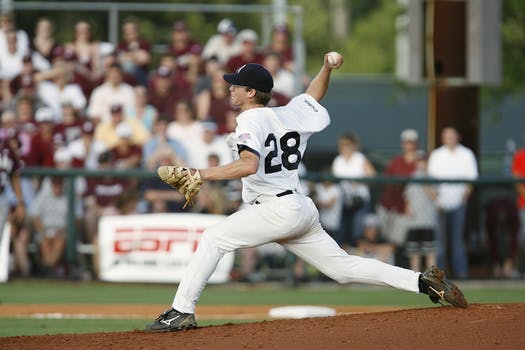In a previous post, I described a study that examined the kinematics of the snatch lift of the female world champions in the 2010 weightlifting world championships (see http://wp.me/p1XfMm-43). In that post, I described that there are a number of similarities to how male weightlifters perform the lift, but there were some differences as well. Erbil Harbili, in a recent issue of the Journal of Sports Science and Medicine, studied the lifts of the male and female 69-kg lifters during the 2010 world weightlifting championships. The author studied the heaviest lifts of the nine males and nine females in the A group of the championships. To give some perspective, the males averaged at approximately 68.5 kg in bodyweight and snatched an average of almost 149 kg (i.e. 2185 of bodyweight). The women averaged at approximately 67.9 kg in bodyweight and snatched almost 106 kg (i.e. 157% of bodywegith).
As with the previous study, the lift was divided into the following phases for analysis:
- First pull
- Transition
- Second pull
- Turnover under the barbell
- Catch phase
- Rising from the squat position
The study looked at the first five phases (first pull through catch). For the male lifters, this lasted about 1.35 seconds. For the female lifters it lasted 1.36 seconds. They both spent a similar amount of time in each phase:
| Phase | Male | Female |
| First Pull | .40 | .38 |
| Transition | .08 | .08 |
| Second Pull | .1 | .11 |
| Turnover | .17 | .17 |
| Catch | .24 | .26 |
There are differences in how the lift is being performed between the male and female athletes.
In terms of joint angles:
- During the first pull, the males have larger angles at the ankle, knee, and hip.
- During the second pull, the males have larger ankle and knee angles but smaller hip angles (though these are not all statistically significant).
In terms of angular velocities:
- The men are extending their knees and hips at a greater angular velocity than females during the first pull. The females are extending their ankles at a greater angular velocity during the first pull.
- During the second pull, the females are extending their knees, ankles, and hips at a greater angular velocity than males.
During the first pull, the men are generating greater levels of absolute power (i.e. watts) and relative power (watts/kg) than females. The males are generating almost 44% more absolute power, but only 2% more relative power during the first pull. In the second pull, the males are generating greater levels of absolute power (30% more), but lower levels of relative power than females (females are generating 7% more). The power output for the second pull averages to 19 or 20 watts/kg for males and females respectively.
Both females and males lift the bar to approximately the same heights during the first and second pulls. The interesting thing is that males are lifting the bar faster during the first pull than females (1.14 m/sec versus 1.03 m/sec), but females have an almost 7% faster barbell velocity during the second pull than males.
Now, these results should make sense. Women are achieving greater angular velocities during the second pull which should result in higher relative power outputs and a faster barbell velocity than males.
The author feels that the first pull results (i.e. joint angles) is due to the fact that female lifters are not as strong as the male lifters. The author also states that the greater extension values during the second pull for female lifters may be due to their greater flexibility.
These results suggest that female lifters don’t have the strength levels of their male counterparts and this is impacting how they perform the lift, particularly the second pull. However, female lifters may very well have some structural advantages when performing the second pull, which suggests that the future may become very interesting in this sport if their strength levels approach those of male lifters…
Harbili, E. (2012). A gender-based kinematic and kinetic analysis of the snatch lift in elite weightlifters in 69-kg category. Journal of Sports Science and Medicine, 11, 162-169.




